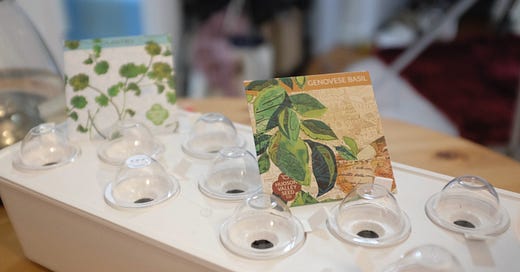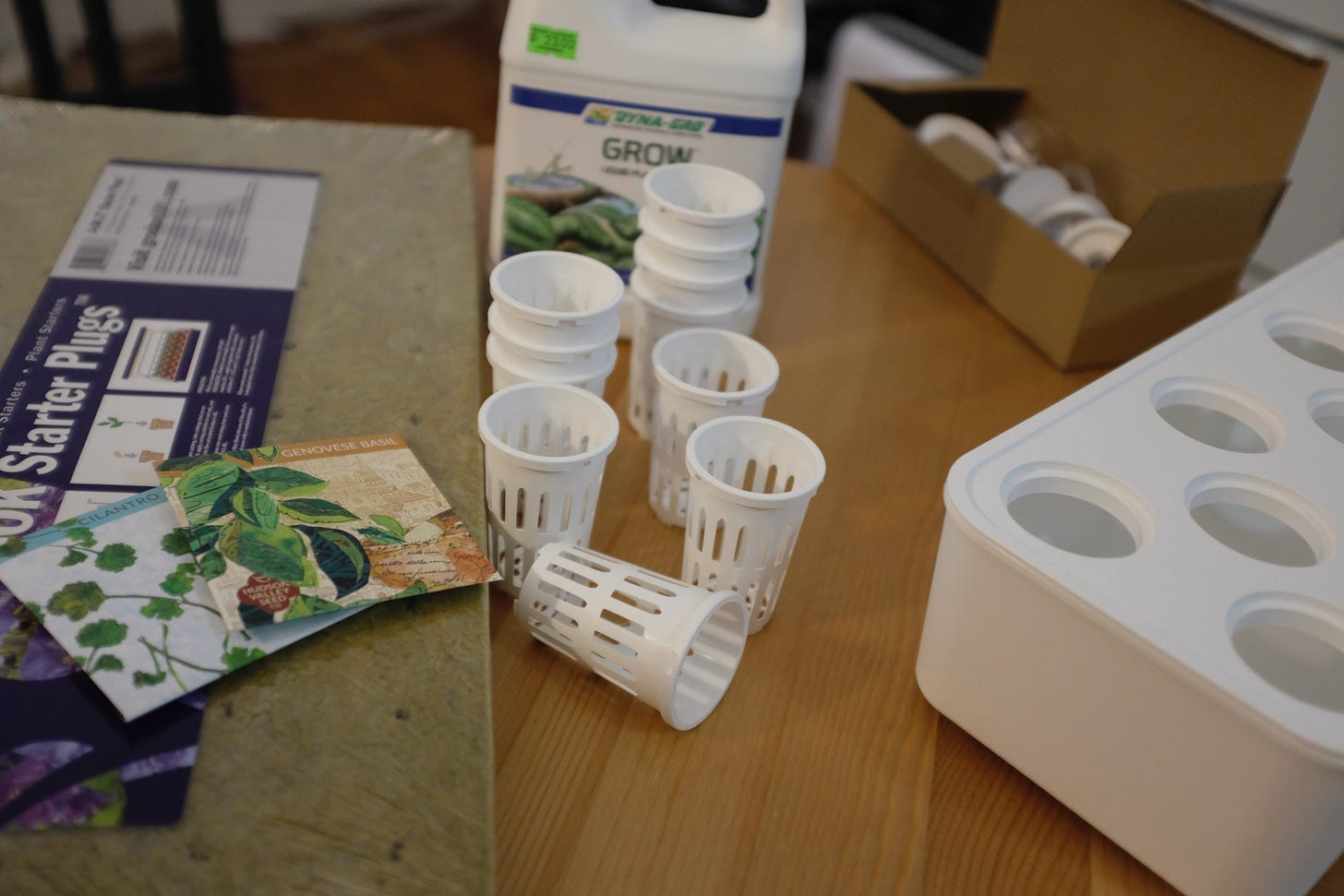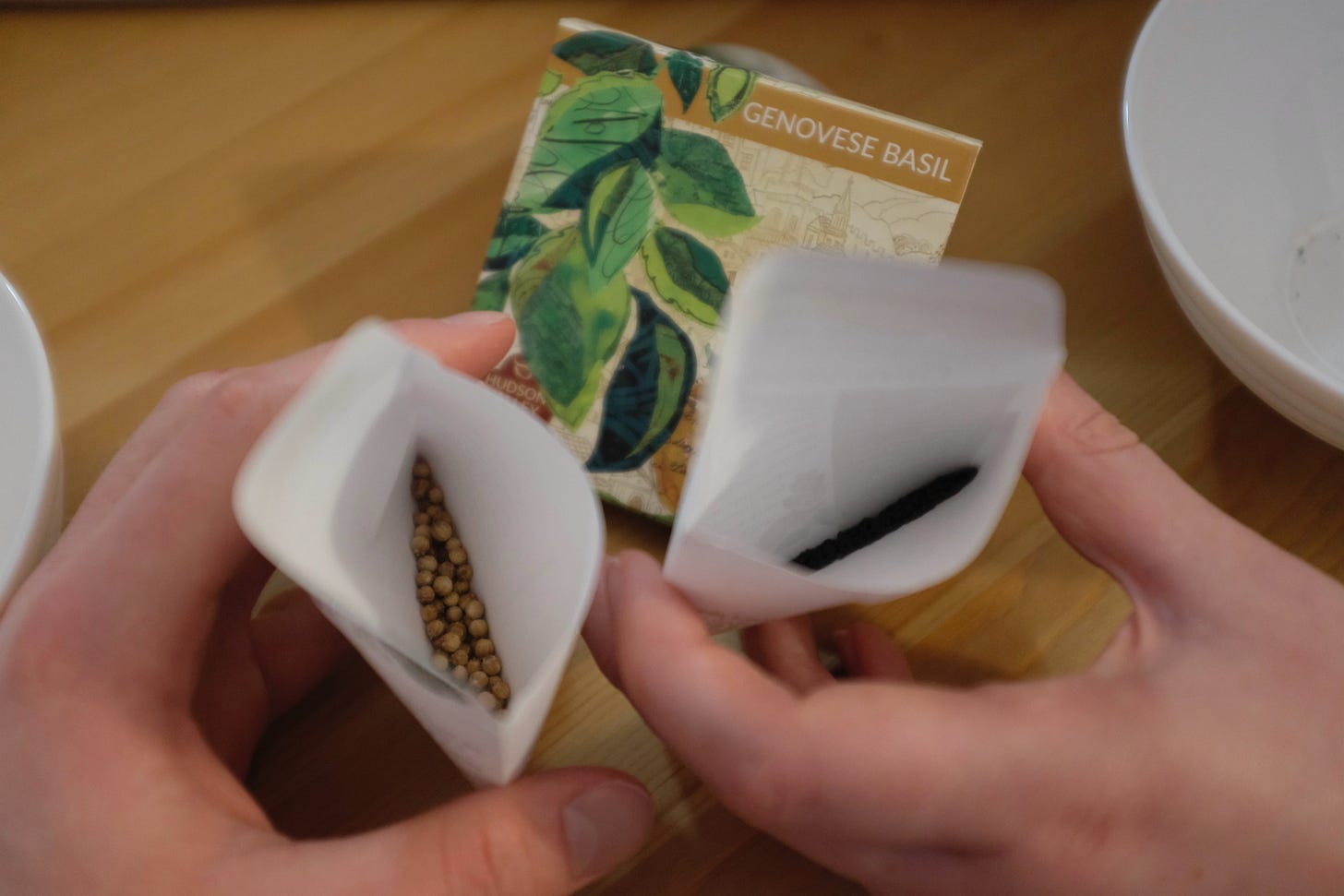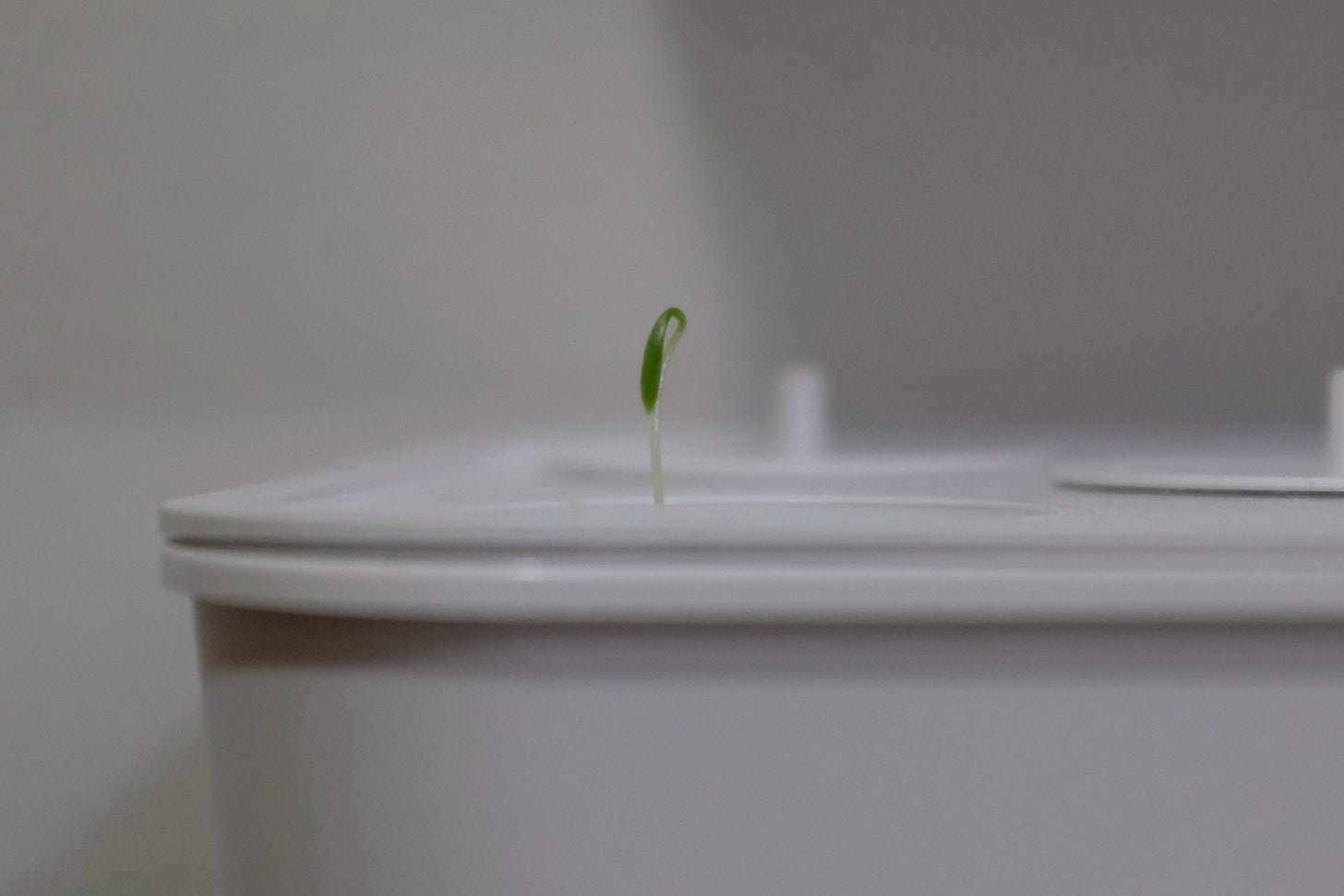I never used to have plants. I’ve never grown anything. Way too much work, I always thought. The closest I came was a rectangular vase with five or six cacti I had on top of my bookshelf for a few years growing up. They were quite pretty, actually; at least one of them occasionally flowered—yellow, if my memory serves me right—and their spines ranged from sharp to fuzzy. Unfortunately, despite millions of years of adapting to dry climates, they did not survive the inhospitable environment of my bedroom and my neglect eventually led to their demise. (They did fight on for quite some time, though.)
But then I read Zoë Schlanger’s The Light Eaters: The New Science of Plant Intelligence. As the title suggests, the book covers the latest research on plant intelligence. Light Eaters is an absolutely phenomenal book that profoundly changed how I view the world. (I know that’s just a thing people say, but this book really did.) It is beyond fascinating how plants interact with the world—how they recognize friend from foe, manipulate their environment, parent, and adapt to a changes both in the present and over time—and Schlanger is a witty and intelligent storyteller. Only a few pages in, I began telling friends and family (and really anyone I met) about the book and the various veggies I read about. I snuck it into every conversation; no topic was safe (sometimes, I suspect, to the exhaustion of my fiancée, who was on the receiving end of most such “fun” facts) from a sidebar about tomato plants or chameleon vines.
Suddenly, it was impossible to view flowers and trees and grass the way I had for the first 25 years of my life. I began to see them differently as I walked through Central Park, admiring their tenacity and ingenuity. But merely admiring wasn’t enough; I had to do more. So, after I got a little hydroponic (water-based; i.e., no soil) garden for my birthday in December, I set out to grow my own little light eaters.
I thought about flowers first but settled on two herbs, Genovese basil and cilantro. They both grow quickly, and we use them a fair bit in cooking.
So, on a Sunday afternoon a couple of weeks ago we sat down to plant the seeds in small, plastic net pots filled with rockwool (a generic term for mineral wool which is often used for insulation, but apparently also works well in hydroponic gardening), and poured a little bit of water into the container which held the pots. The pots are covered by see-through domes and above them is a lamp (an extremely bright one) to simulate sunlight.
Now, seeds don’t work like plants. They don’t really need light; oxygen and water are enough. They’re also packed with all the nutrients they need for the initial stages of growth and rely on various senses to know when to kick into gear. It makes sense that this is a highly sophisticated process; once germinating, there is no way back, and since plants can’t walk, the seed needs to be darn sure that the conditions are suitable for putting down roots.
I knew all this, so I was, therefore, not particularly worried when the cilantro seeds remained in hibernation for the first week. The basil seeds, for some reason, all seemed pretty content with their situation and began sprouting more or less right away, but the cilantro was stubborn.
But after a week and a half of no movement from the coriander and with at least one seed with greenish specks, I got both concerned and frustrated. What had I done wrong? Why is the cilantro refusing to grow? Unfortunately, I also knew too little about gardening to even know what I didn’t know, so I didn’t even know how to find answers to my questions.
As it happened, a miscalculation turned out to be a blessing in disguise. I first thought the green growth on the seed was mold, but a Google search drew me to the possibility that it was actually just algae. (Spoiler: it was mold.) Algae thrives in sunlight and since the faux sun was blasting my seeds—which didn’t need it—with light 16 hours a day, it was logical to assume that was the issue. So I decided to cover the seed with a lid, completely blocking it from the light.
But I didn’t have a ton of hope. I didn’t want to, but I was slowly giving up on my brave cilantro seeds. (If you are to take away anything from this story, it is to not be as ready to quit as I was.)
Imagine my surprise then, three days later, when I, in a last-ditch effort, removed the cover from one of the cilantro pots and found a stem taller than any of the basil plants. A scrawny fellow, indeed, with just one tiny leaf drooping depressingly from the top of the stem, but a growing Coriandrum sativum stem nonetheless. Even stranger was that it was growing from a separate seed from the moldy one (I guess I accidentally put two in the pot).
I don’t know if it was the shade or the fresh water the garden had recently received, but something had turbocharged the sprouting. It still looked rather weak, thin as it was, and seemed to struggle somewhat to stand straight. Yet, I instantly felt a surprising connection—a kinship of sorts—and a strong sense of responsibility for this seedling. I will take care of you, I thought.
Amazingly, once the lid was off, it only needed an hour or so to straighten its posture. And the leaf was no longer hanging limply to the side; instead, filled with new strength, it was now pointed upward toward the lamp glaring above.
What caused it to grow so quickly remains a mystery, but I will do some research and report back. After spending the last few months reading about plant intelligence—which, and I can’t say this loud enough, IS NOT THE SAME AS HUMAN OR MAMMAL OR EVEN ANIMAL INTELLIGENCE—I struggle to relinquish the theory that it somehow sensed the growth of the basil plants and in a desperate attempt to not lose the air rights to its encroaching Genovese neighbors shot up to claim its rightful space in the garden, but I really don’t know. But I will find out.
Stay tuned.








Thank you for sharing this lovely story! Well written as always. We read it with much joy and look forward to your next update.